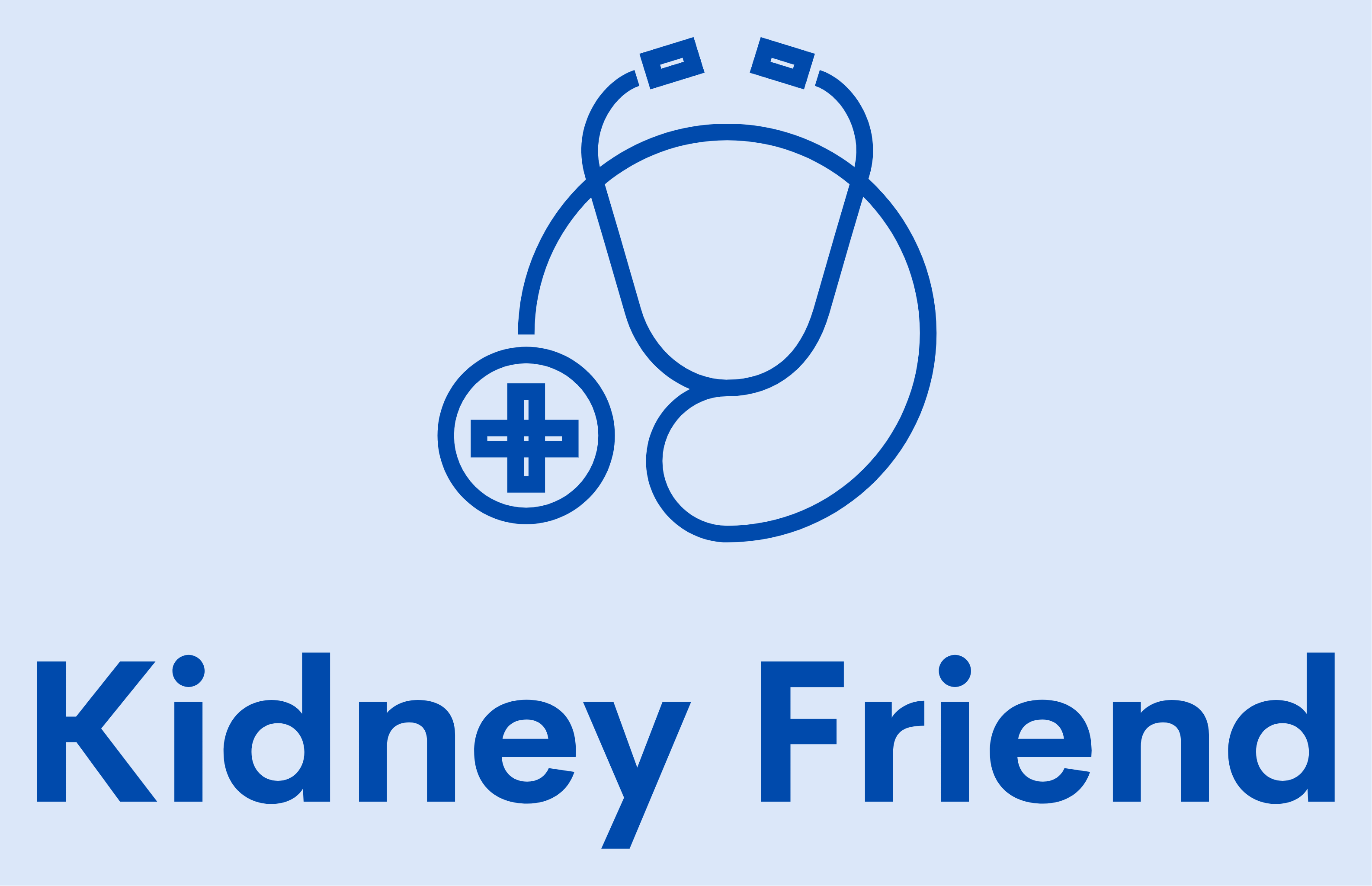🏥Leaving Hospital
I was deperate to leave hospital. I found it noisy at night and the lights of each of the machine and in the coridors kept me awake. I was struggling to sleep – some of which was insomia but some was the environment and being awoken. I was in a shared room – so they was not much privacy.
🩺Clinics
In New Zealand, the follow-up care is structured and supportive. Each day, I attended a clinic where they monitored my progress. The routine involved having my blood drawn, sometimes providing a urine sample, and checking my blood pressure. After these tests, I would meet with a doctor or nurse to discuss any symptoms I was experiencing. They would review my blood levels and the concentration of my anti-rejection medications to ensure everything was within the desired range. Even through it was very time consuming I loved these daily check-ins as they provided me with so much comfort and reassurance – I had waited a long time for the transplant and I wanted it to go as well as possible.
🚶♂️Wound Care
The incision from my surgery was a constant reminder of my journey. It was red and felt tight and lumpy. The tightness and lumpiness went away gradually. I read that I should wash the area by letting soap and water run over the wound; in the early stages, I shouldn’t physically touch the wound. After washing, I would either pat the area dry with a clean towel, or in the very early stages, I would just lie on my bed and let it air dry.
💧Water Intake
Monitoring your water intake can become a full-time job in the first few weeks and months post-transplant. I drank a lot of water pre-transplant, but I know for dialysis patients, this was very hard. You need to track all fluids consumed and don’t forget things like soups. While at home, it’s easy to track, as you can pee into a container and then measure the amount. When out, it’s a little harder—but I tried to record bathroom trips, even if I couldn’t measure the output. Listen to your doctor’s advice and try your hardest to meet the targets—your kidney function will be greatly affected by your hydration.
🌞Sun Protection
After a transplant, you can be more sensitive to the sun due to the immunosuppressive medications you may be taking. This means you might burn faster, so it’s important to be proactive about sun protection! Make it a routine to apply sunscreen with a high SPF before heading outside to keep your skin safe. Embrace a stylish approach to sun safety by wearing long-sleeved shirts and lightweight, long trousers. Taking care of your skin can be an enjoyable part of your recovery journey, allowing you to embrace the outdoors while staying protected!
💓Self-Care
Self-care became a vital part of my daily routine. These are the things that I did that help me:
- took temperature three times a day
- took my medications as directed, whether with food or on an empty stomach, and at specific times.
- took my blood pressure regularly
- took my blood sugars using a continuous glucose monitor
- made healthy, high protein meals
- did daily exercise
- avoided lifting heavy items
💡Top Tips
Walking
I found a creative way to increase my step count by watering each plant in my home individually. This simple task not only helped me stay active but also brought me joy as I nurtured my plants.
Heavy Objects
One trick I discovered was to fill the kettle by first filling a mug and then pouring it into the kettle. This method prevented strain on my body while still allowing me to prepare my favorite hot beverages.
